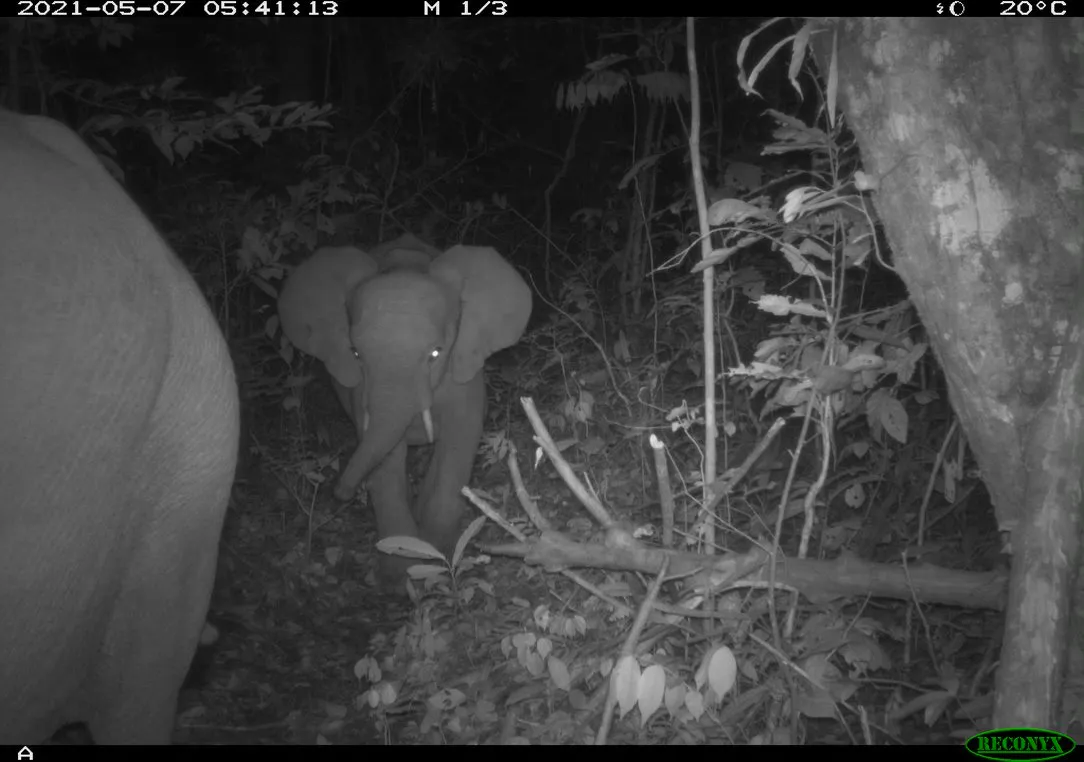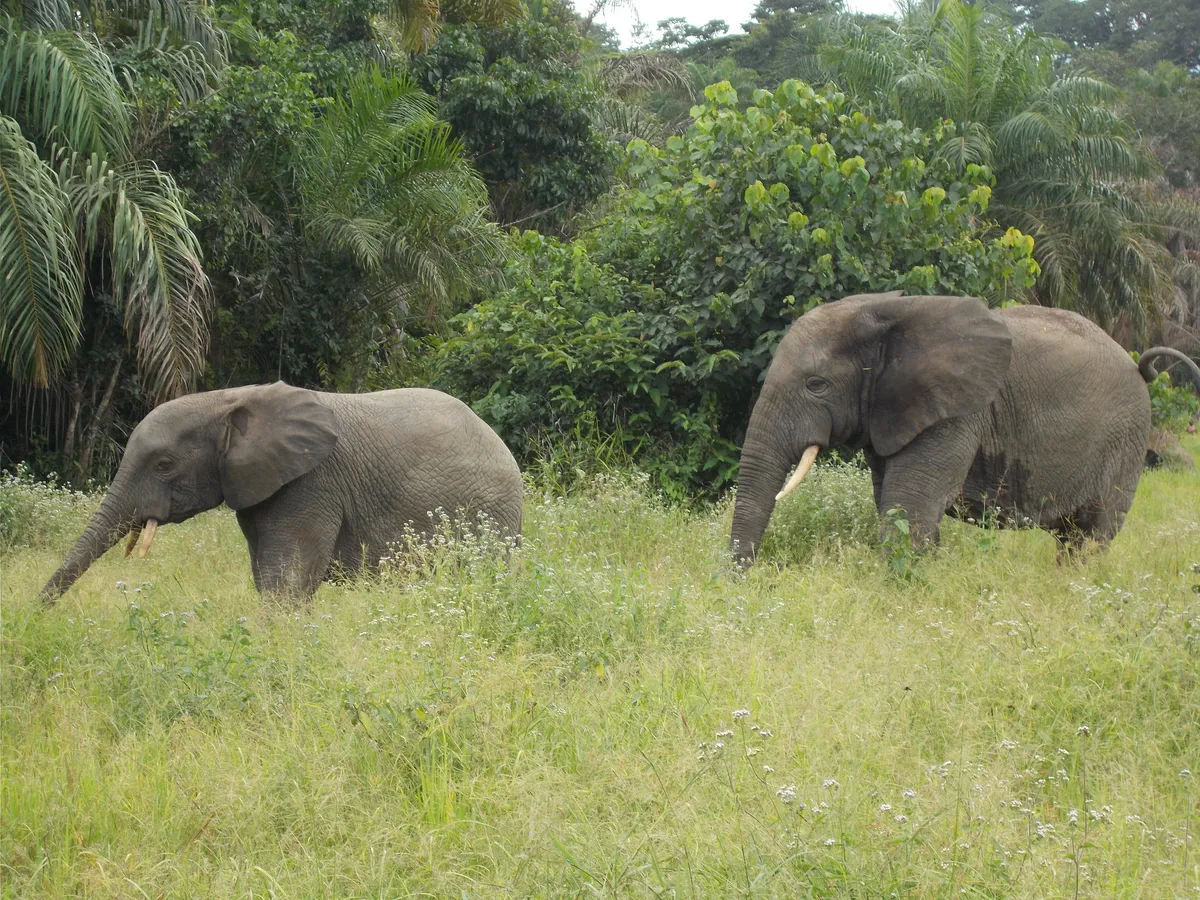Conservationists at Fauna & Flora International (FFI) and Centre Forestier N’Zérékoré are celebrating after their camera traps captured footage of a family of African forest elephants in the Ziama Forest in Guinea.
The family had not been seen before by any of the local team, and included three calves. It is thought that less than two dozen African forest elephants are thought to remain in the country, and that the species may be on the brink of local extinction.
However the footage of this new family suggests that the species could be beginning to recover, thanks to the protection of its forest habitat. It is believed that this family has crossed into Guinea from neighbouring Liberia.

“You never know what you’re going to get when you put out camera traps and go through the images – but three forest elephant calves in one group was amazing to see,” says Neus Estela Ribera, FFI’s landscape manager in Guinea.
“This is likely a new group that has come across the border from Liberia. The fact that there are three young elephants with them is a great sign, as it suggests the population is growing because their forest habitat in this area of Guinea has been better protected.”
The African forest elephant was only recently confirmed as a separate species to the African savanna elephant, being smaller and inhabiting forests.

Earlier this year, the IUCN Red List assessed the two as separate species for the first time, with the African forest elephant classified as Critically Endangered and the African savannah elephant classified as Endangered.
The decline of both species has been driven by poaching for ivory and habitat loss.
FFI has been working in Guinea in 2009 to reduce human-wildlife conflict and deforestation, and no elephants have been poached in the area since 2016.
As part of the work, conservationists have been analysing water and soil samples using technology to find environmental DNA (eDNA). A recent survey revealed 112 different species.
Main image: The family of African forest elephants in Ziama Forest, Guinea. © Fauna & Flora International/Centre Forestier N’Zérékoré
